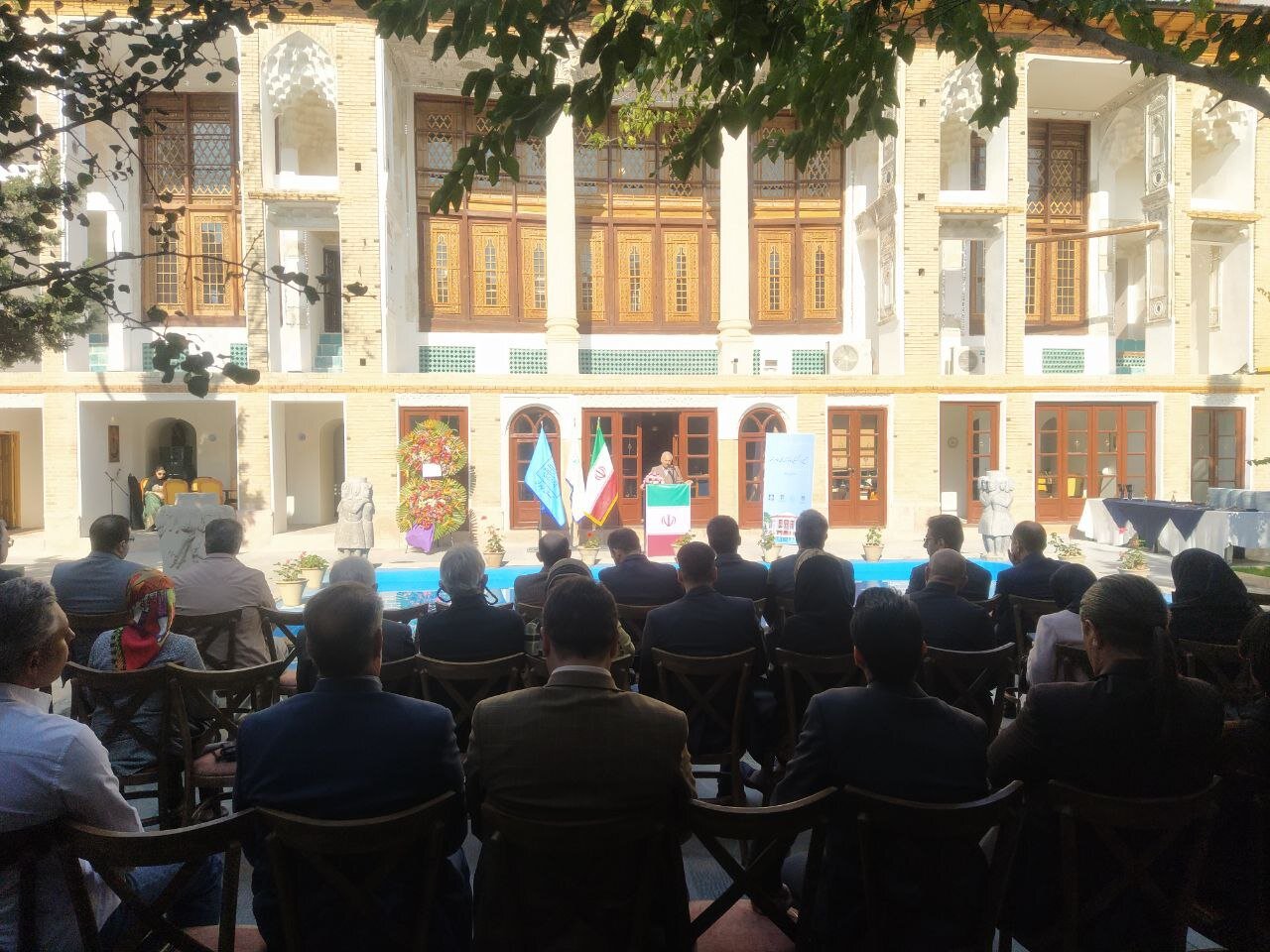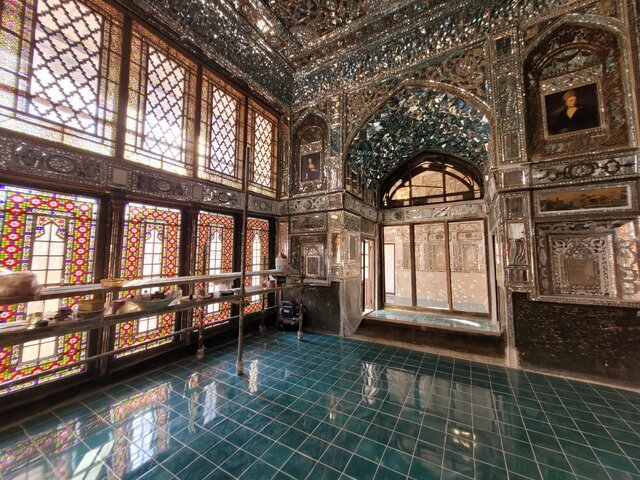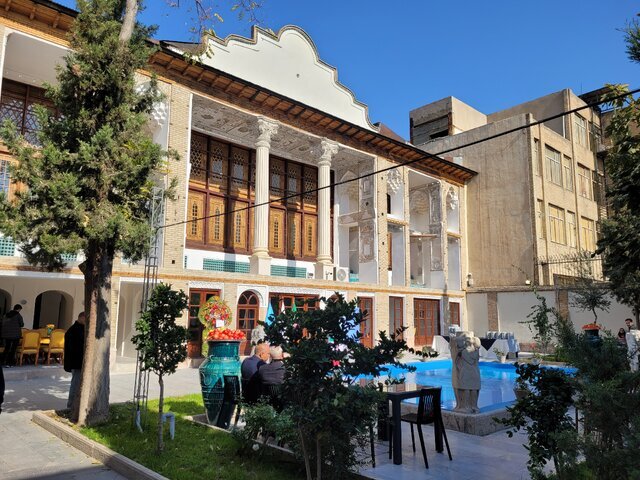19th-century Imam Jomeh House reopens after extensive restoration in downtown Tehran

TEHRAN – A 19th-century house, named Khaneh Imam Jomeh or Khaneh Sadr-e Azam, reopened to the public on Sunday following a comprehensive restoration that spanned nearly five years.
Located in the heart of Tehran’s Nasser Khosrow Street, near Imam Khomeini Square, the Qajar-era mansion is renowned for its intricate mirrorwork, vibrant plaster paintings, and delicate sash windows, which have made it one of Tehran’s most exquisite historical houses.
The reopening ceremony was attended by several officials, including Vahidreza Anaraki, Tehran’s District 12 Mayor, Shahab Talai-Shokri, the managing director of the Revitalization and Utilization Fund, and a number of city council members.
Speaking at the event, Nima Paranfar, the private investor responsible for restoring the property, expressed satisfaction at overcoming bureaucratic hurdles to complete the project.
Originally budgeted at 30.7 billion rials, the restoration ultimately cost over 320 billion rials to address the extensive repairs required for the building’s preservation, Paranfar said.
“This mansion was in need of significant work to prevent deterioration,” he added. “It’s essential for historical buildings to generate income for maintenance, or else they fall into disrepair.”

He said the restored mansion now includes spaces for hosting cultural events and a dedicated area for showcasing fine Iranian handicrafts.
Khaneh Imam Jomeh, originally built as the residence of Mirza Aqa Khan Nuri, Prime Minister to Nasser al-Din Shah, has undergone several transformations. It was purchased in 1906 by Sayyed Abul-Qasim, the then-Imam of Tehran’s Friday prayers, who contributed to its historical and cultural significance. The residence, now spanning about 1,000 square meters, is a fraction of its original 25,000 square meters.
Talai-Shokri stated that this restoration project exemplifies the government’s renewed commitment to private-sector partnerships for maintaining Iran’s rich architectural heritage.
“This restoration initiative in Tehran is intended as a model for municipalities across the country,” he noted, adding that the government is drafting new policies to encourage private investment in restoring the estimated 10,000 privately owned historic structures nationwide.
The property, which was formerly managed by Iran’s Ministry of Culture and Arts in the Pahlavi rea, is now owned by the Iranian Fund for the Restoration and Exploitation of Historic Monuments, under the Ministry of Cultural Heritage, Tourism and Handicrafts.
Registered in Iran’s National Heritage List in 1996, Khaneh Imam Jomeh stands as an emblem of Qajar-era architecture, symbolizing both historical grandeur and modern revival efforts in the Iranian capital.
The historic mansion has been leased for several years under conditions set by the Revitalization and Utilization Fund for Historical Places, provided the operator fulfills specific obligations.

Over the past few years, similar auctions have been conducted under close supervision by the Fund. However, some critics argue that leasing such sites does not always ensure better maintenance. Advocates of the program, on the other hand, contend that it offers a lifeline to prevent the gradual decay of historic monuments, emphasizing that limited government funding makes it challenging to restore all of these centuries-old sites independently.
Proponents also note that this model attracts private investors, as well-maintained historical accommodations appeal to both domestic and international tourists. The Fund, known by its Persian acronym Saabta, enables private businesses to manage and repurpose select historic sites, transforming them into hotels, traditional restaurants, or guest lodgings.
Iran is home to some of the world’s oldest cultural treasures, including bazaars, museums, mosques, bridges, bathhouses, madrasas, and gardens, along with diverse natural and rural landscapes, 28 of which are listed as UNESCO World Heritage sites.
AM
Leave a Comment